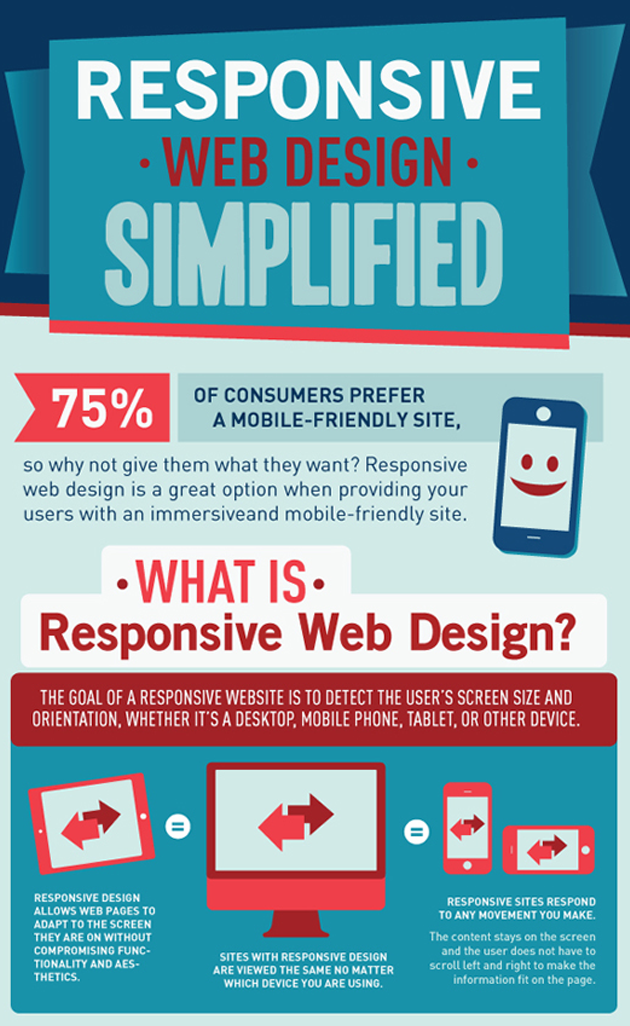Essential Aspects Of Website Design: Standards For Developing A User-Centric Website
Essential Aspects Of Website Design: Standards For Developing A User-Centric Website
Blog Article
Uploaded By-Scarborough Gammelgaard
When it comes to web site layout, making certain user-friendliness is essential. From receptive layout to streamlined navigating, every component plays a crucial function in developing a site that caters to your target market's demands. But what concerning the better information that can make or damage a user's searching experience? Remain tuned as we uncover some often-overlooked tips that can elevate your website's functionality to the next degree, making it truly stick out in the digital landscape.
Importance of Responsive Design
Responsive layout is a critical element of modern-day internet site growth. Ensuring simply click the next internet page is receptive ways that it can adapt to various display sizes and gadgets, supplying a seamless experience for users.
With the enhancing use smart devices and tablet computers to access the internet, having a receptive layout is vital for getting to a bigger audience. search engine optimization results aids in enhancing user experience by making your web site very easy to navigate and keep reading any kind of device.
Additionally, responsive design can positively impact your internet search engine positions, as search engines like Google prioritize mobile-friendly websites. By having a responsive style, you're also future-proofing your site, as brand-new gadgets with differing screen dimensions continue to arise.
Simplify Navigating Structure
To enhance user experience and assist in simple accessibility to details on your website, improving the navigating structure is critical. When creating your website, focus on developing a clear and user-friendly navigation food selection that aids site visitors find what they're trying to find swiftly.
Limit the number of menu items to the fundamentals, grouping relevant web pages together to stay clear of frustrating individuals. Usage descriptive labels that plainly show the material of each page, making it less complicated for users to understand where each link will take them.
Think about carrying out dropdown menus for subcategories to prevent littering the primary navigating bar. In addition, include a search bar plainly on the web page for users that choose looking for specific details.
Focus on mobile responsiveness in your navigating layout to guarantee very easy access on all tools.
Enhance Web Page Lots Rate
Improving web page lots rate is critical for retaining site visitors on your site. Slow-loading web pages irritate customers and can cause high bounce prices. To optimize web page lots speed, begin by enhancing photos. Compress pictures without endangering high quality to decrease their documents sizes.
Furthermore, make it possible for internet browser caching to save often accessed sources in your area, speeding up tons times for returning visitors. check out this site , JavaScript, and HTML data by removing unnecessary personalities, remarks, and formatting, improving lots rate.
Consider using a web content distribution network (CDN) to distribute your site's web content throughout multiple servers worldwide, lowering latency for customers accessing your website from various places. Last but not least, limit the use of third-party manuscripts and plugins, as they can dramatically impact lots times.
Final thought
Finally, by integrating receptive layout, simplifying navigating, and maximizing web page lots speed, you can produce an user-friendly internet site that interest a larger audience and boosts user experience. These essential elements make sure that visitors can easily gain access to and browse your site throughout various tools, leading to boosted interaction and fulfillment. By focusing on these essential aspects, you can construct an effective website that keeps customers returning for more.
